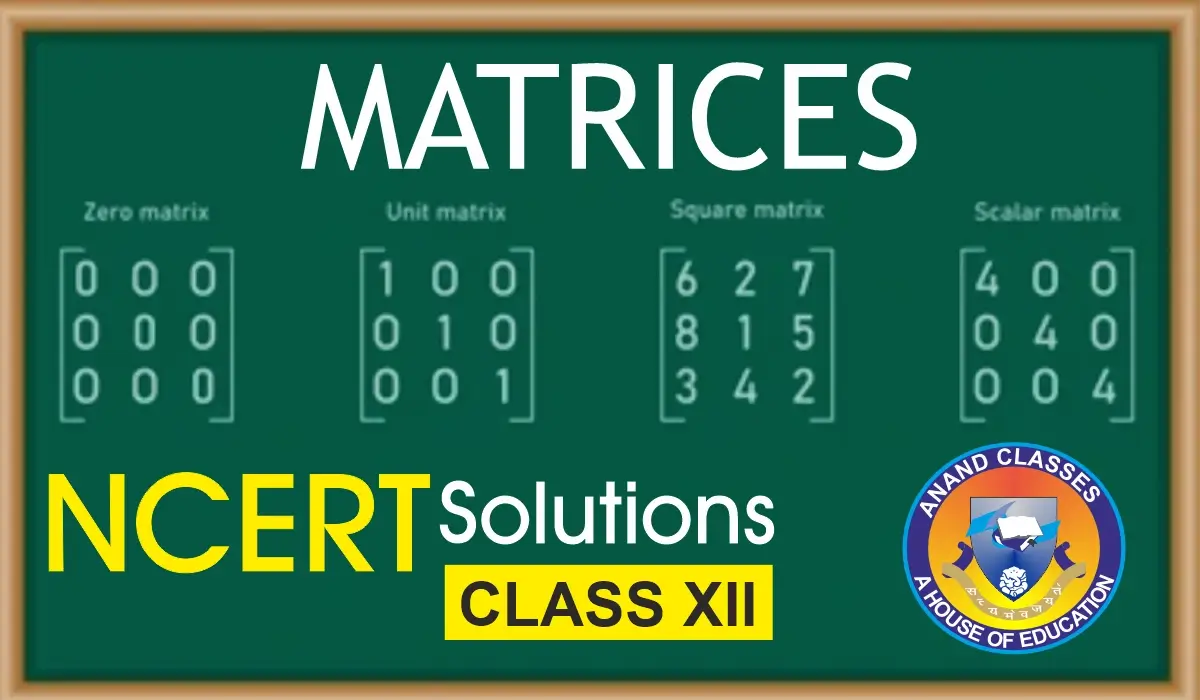The period and group number of an element in the periodic table can be determined from its electronic configuration using specific rules for s-, p-, d-, and f-block elements. These rules depend on the principal quantum number (n), the distribution of electrons in the outermost orbitals, and the block to which the element belongs. Knowing these rules is essential for solving periodic table questions in Class 11 Chemistry, JEE, and NEET.
📘 Rules to Find Period and Group Number in the Periodic Table
The modern periodic table is arranged in periods (horizontal rows) and groups (vertical columns) according to increasing atomic number (Z).
For any element, you can determine its period and group by looking at its electronic configuration.
1️⃣ s-Block Elements
General Electronic Configuration: ns1−2
- Period Number Rule:
Period = value of n (principal quantum number) of the outermost shell. - Group Number Rule: Number of ns electrons)
- If ns1 → Group 1 (Alkali metals)
- If ns2 → Group 2 (Alkaline earth metals)
Example 1: Sodium (Na), Z = 11
- Configuration: 1s² 2s² 2p⁶ 3s¹
- Outer shell: n = 3 → Period 3
- ns¹ → Group 1
Example 2: Calcium (Ca), Z = 20
- Configuration: 1s² 2s² 2p⁶ 3s² 3p⁶ 4s²
- Outer shell: n = 4 → Period 4
- ns² → Group 2
2️⃣ p-Block Elements
General Electronic Configuration: ns2np1−6
- Period Number Rule:
Period = value of n in the outermost shell. - Group Number Rule (for main group elements):
Group = 10 + (total electrons in ns + np orbitals of outermost shell).
Example 1: Nitrogen (N), Z = 7
- Configuration: 1s² 2s² 2p³
- Outer shell: n = 2 → Period 2
- Group = 10 + (2 + 3) = 15
Example 2: Chlorine (Cl), Z = 17
- Configuration: 1s² 2s² 2p⁶ 3s² 3p⁵
- Outer shell: n = 3 → Period 3
- Group = 10 + (2 + 5) = 17
Example 3: Oxygen (O), Z = 8
- Configuration: 1s² 2s² 2p⁴
- Outer shell: n = 2 → Period 2
- Group = 10 + (2 + 4) = 16
3️⃣ d-Block Elements (Transition Metals)
General Electronic Configuration: (n−1)d1−10ns0−2
- Period Number Rule:
Period = value of n in the outermost ns orbital. - Group Number Rule:
Group = (electrons in (n–1)d) + (electrons in ns).
Example 1: Iron (Fe), Z = 26
- Configuration: [Ar] 3d⁶ 4s²
- n = 4 → Period 4
- Group = 6 (d-electrons) + 2 (s-electrons) = Group 8
Example 2: Copper (Cu), Z = 29
- Configuration: [Ar] 3d¹⁰ 4s¹
- n = 4 → Period 4
- Group = 10 + 1 = Group 11
Example 3: Chromium (Cr), Z = 24 (exception)
- Configuration: [Ar] 3d⁵ 4s¹
- n = 4 → Period 4
- Group = 5 + 1 = Group 6
4️⃣ f-Block Elements (Inner Transition Metals)
General Electronic Configuration: (n−2)f1−14(n−1)d0−2ns2
- Period Number Rule:
Period = n of the outermost ns orbital.- Lanthanides → n = 6 → Period 6
- Actinides → n = 7 → Period 7
- Group Number Rule:
All f-block elements are placed in Group 3.
Example 1: Cerium (Ce), Z = 58
- Configuration: [Xe] 4f¹ 5d¹ 6s²
- n = 6 → Period 6
- Group = 3
Example 2: Uranium (U), Z = 92
- Configuration: [Rn] 5f³ 6d¹ 7s²
- n = 7 → Period 7
- Group = 3
📊 Examples: Finding Period and Group Numbers for Different Block Elements
| Block | Element (Symbol, Z) | Electronic Configuration | Step to Find Period | Step to Find Group | Result |
|---|---|---|---|---|---|
| s-block | Sodium (Na, 11) | 1s² 2s² 2p⁶ 3s¹ | Outermost n = 3 → Period 3 | ns¹ → Group 1 | Period 3, Group 1 |
| s-block | Calcium (Ca, 20) | 1s² 2s² 2p⁶ 3s² 3p⁶ 4s² | Outermost n = 4 → Period 4 | ns² → Group 2 | Period 4, Group 2 |
| p-block | Oxygen (O, 8) | 1s² 2s² 2p⁴ | Outermost n = 2 → Period 2 | Group = 10 + (2+4) = 16 | Period 2, Group 16 |
| p-block | Chlorine (Cl, 17) | 1s² 2s² 2p⁶ 3s² 3p⁵ | Outermost n = 3 → Period 3 | Group = 10 + (2+5) = 17 | Period 3, Group 17 |
| d-block | Iron (Fe, 26) | [Ar] 3d⁶ 4s² | Outermost n = 4 → Period 4 | Group = 6 + 2 = 8 | Period 4, Group 8 |
| d-block | Copper (Cu, 29) | [Ar] 3d¹⁰ 4s¹ | Outermost n = 4 → Period 4 | Group = 10 + 1 = 11 | Period 4, Group 11 |
| d-block | Chromium (Cr, 24) | [Ar] 3d⁵ 4s¹ | Outermost n = 4 → Period 4 | Group = 5 + 1 = 6 | Period 4, Group 6 |
| f-block | Cerium (Ce, 58) | [Xe] 4f¹ 5d¹ 6s² | Outermost n = 6 → Period 6 | All f-block = Group 3 | Period 6, Group 3 |
| f-block | Uranium (U, 92) | [Rn] 5f³ 6d¹ 7s² | Outermost n = 7 → Period 7 | All f-block = Group 3 | Period 7, Group 3 |
✅ Tips for Students:
- Always write the full electron configuration first.
- Identify the highest value of n → gives the period number.
- Apply the specific group formula based on the block.
- Remember exceptions in d-block (Cr, Cu, Mo, Ag, etc.) where electrons shift for stability.
📊 Quick Summary Table
| Block | General Configuration | Period Rule | Group Rule |
|---|---|---|---|
| s-block | ns¹–² | n | ns¹ → 1, ns² → 2 |
| p-block | ns² np¹–⁶ | n | 10 + (s + p electrons) |
| d-block | (n–1)d¹–¹⁰ ns⁰–² | n | (d electrons + s electrons) |
| f-block | (n–2)f¹–¹⁴ (n–1)d⁰–² ns² | n | Always Group 3 |
FAQs on Rules to Find Period and Group in the Periodic Table
Q1. How do you find the period number of an element?
Answer: The period number is given by the principal quantum number (n) of the outermost shell in the electronic configuration.
Q2. How do you find the group number of s-block elements?
Answer: For s-block elements, if the outer configuration is ns¹ → Group 1, and if ns² → Group 2.
Q3. How do you find the group number of p-block elements?
Answer: Group number = 10 + (number of electrons in outermost s and p orbitals).
Q4. How do you find the group number of d-block elements?
Answer: Group number = (number of electrons in (n–1)d orbital) + (number of electrons in ns orbital).
Q5. How do you find the group number of f-block elements?
Answer: All f-block elements are placed in Group 3, regardless of their electron count.
Q6. What is the period number of f-block elements?
Answer: For lanthanides, n = 6 → Period 6; for actinides, n = 7 → Period 7.
📚 Buy Study Material & Join Our Coaching
For premium study materials specially designed for JEE, NEET, NDA, and CBSE/ICSE Classes, visit our official study material portal:
👉 https://anandclasses.net.in/
To enroll in our offline or online coaching programs, visit our coaching center website:
👉 https://anandclasses.co.in/
📞 Call us directly at: +91-94631-38669
💬 WhatsApp Us Instantly
Need quick assistance or want to inquire about classes and materials?
📲 Click below to chat instantly on WhatsApp:
👉 Chat on WhatsApp
🎥 Watch Video Lectures
Get access to high-quality video lessons, concept explainers, and revision tips by subscribing to our official YouTube channel:
👉 Neeraj Anand Classes – YouTube Channel


